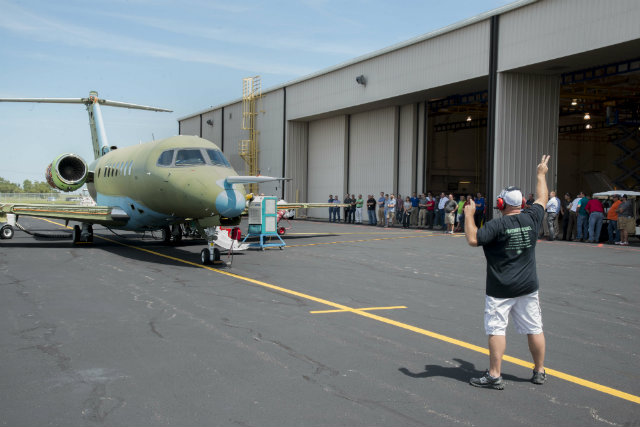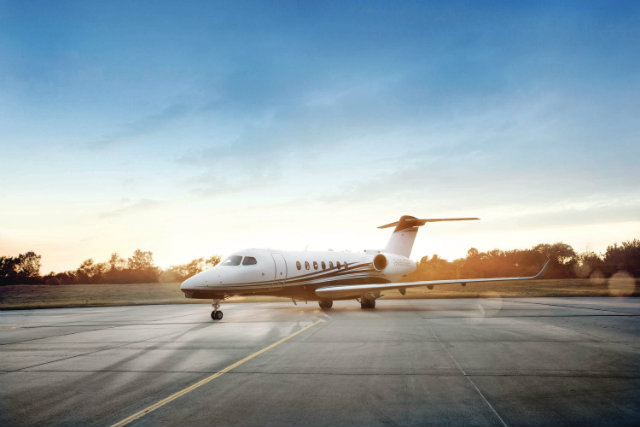Cessna has completed initial ground test runs of its Honeywell HTF7700L-powered Citation Longitude, and is preparing the super-midsize type for its maiden sortie in the third quarter.
The tests are designed to verify the functionality of the engine start, fuel system and auto-throttle as well as interfaces with the avionics, electrical and hydraulic systems, says the US airframer.

Cessna
“The engine run tests are one of the final major milestones as we prepare for first flight,” adds Scott Ernest, president and chief executive of Cessna’s parent company, Textron Aviation. “This step really allows us to prove the maturity of the aircraft and its systems.”
Cessna is now preparing to perform a series of functional and structural tests on the airframe in preparation for first flight. “The speed at which we are progressing on the Longitude programme demonstrates our industry-leading development cycle and affirms our commitment to new product investment,” says Ernest.
Cessna launched the clean-sheet Longitude programme in 2012 along with the midsize Latitude jet, which entered service in 2015.

Cessna
The airframer has since redesigned the twinjet reducing the maximum range from 4,000nm (7,400km) to 3,400nm. The Garmin G5000-equipped aircraft is Cessna’s first application of fly-by-wire control technology, with an electronically-actuated rudder and spoilers. Priced at $24 million, it is projected to have a cruise speed of 475kt (880km/h) and a service ceiling of 45,000ft. Certification and service entry of the 12-passenger aircraft are scheduled for 2017.
The Longitude will be Cessna’s biggest aircraft until the large-cabin Hemisphere enters service in five years.
Source: Flight International



















